/ per pack
Choose seeds per pack:
Botanical Nomenclature: Pinus densiflora
Common Name: red japanese pine tree, japanese red pine, akamatsu
Family: Pinaceae
Origin: Japan, Korea and Northeast China.
Height: Between 20 – 35 meters high
Brightness: Partial Shading, Full Sun
Climate: see description below
Red Japanese pine is known in Japan as “akamatsu and mematsu”, where it is widely cultivated for timber production and as an ornamental tree, playing an important role in classical Japanese gardens.
In winter its leaves turn yellow.
The species prefers its cultivation to full sun, in well drained and slightly acid soils.
Pinus densiflora has enormous potential for regeneration; and perhaps because of this, it has resisted the degradation and intervention of weathers and humans. It occurs from the coast, at sea level, to the lowest mountains, and can reach altitudes of 2,300 meters, extremely resistant to frost that may occur in Brazil.
Historically, this has been one of the most important species in Japanese architecture. One of the main surviving structural woods of the muromachi period and the edo period (1603 – 1867).
In addition to being friendly to local growers, it is also one of, or the main pine trees used for ornamentation in gardens in Japan, Europe and North America.
Species quite explored for bonsai art.
A magnificent example in the family of conifers, very special for our collection.
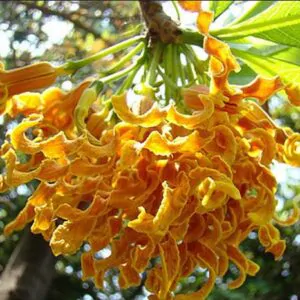
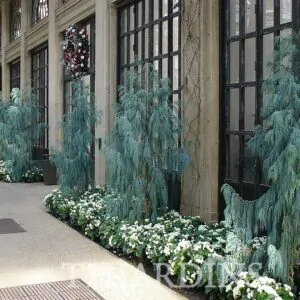
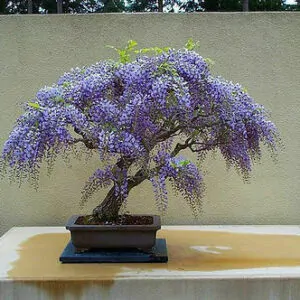
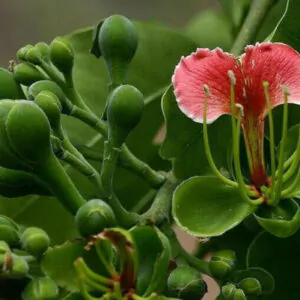
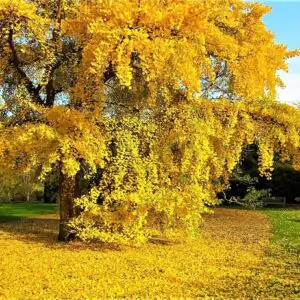
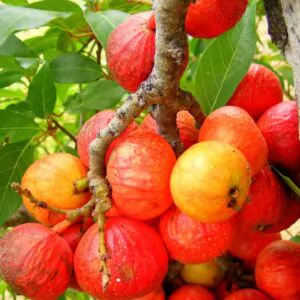
Copyright © 2025 Quinta do Ouriques
| Cookie | Duration | Description |
|---|---|---|
| cookielawinfo-checkbox-analytics | 11 months | This cookie is set by GDPR Cookie Consent plugin. The cookie is used to store the user consent for the cookies in the category "Analytics". |
| cookielawinfo-checkbox-functional | 11 months | The cookie is set by GDPR cookie consent to record the user consent for the cookies in the category "Functional". |
| cookielawinfo-checkbox-necessary | 11 months | This cookie is set by GDPR Cookie Consent plugin. The cookies is used to store the user consent for the cookies in the category "Necessary". |
| cookielawinfo-checkbox-others | 11 months | This cookie is set by GDPR Cookie Consent plugin. The cookie is used to store the user consent for the cookies in the category "Other. |
| cookielawinfo-checkbox-performance | 11 months | This cookie is set by GDPR Cookie Consent plugin. The cookie is used to store the user consent for the cookies in the category "Performance". |
| viewed_cookie_policy | 11 months | The cookie is set by the GDPR Cookie Consent plugin and is used to store whether or not user has consented to the use of cookies. It does not store any personal data. |